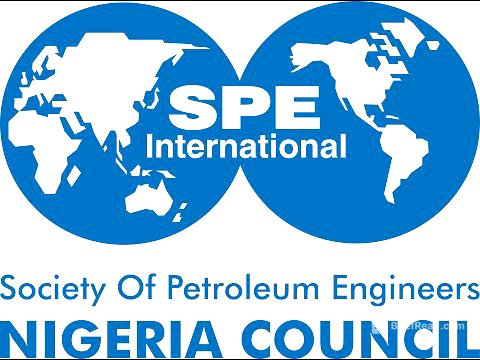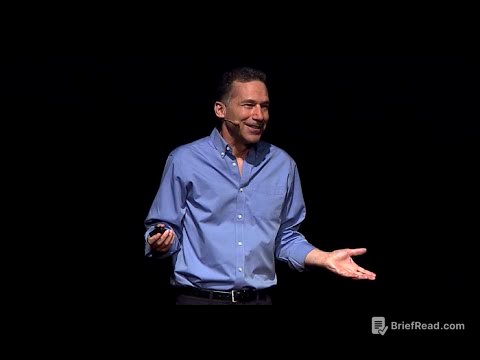TLDR;
This lecture introduces the essentials of remote sensing, covering its definition, components, platforms, and advantages. It explains how remote sensing acquires information about the Earth's surface without physical contact, utilising various parts of the electromagnetic spectrum. The lecture also details the key elements involved in the remote sensing process, from energy sources to data interpretation, and highlights the benefits of remote sensing in diverse applications such as weather forecasting, disaster management, and resource monitoring.
- Remote sensing acquires information without physical contact.
- Key components include energy source, atmosphere, target interaction, and sensors.
- Advantages include synoptic view, global coverage, repeatability, and multispectral capabilities.
Introduction to Remote Sensing [0:24]
The lecture begins with an introduction to the course "Remote Sensing Essentials," outlining the basics, advantages, and various applications of remote sensing. Remote sensing is defined as the technology of acquiring information about the Earth's surface without physical contact. This involves sensing and recording reflected or emitted energy from the Earth's surface, which is then processed and analysed for different applications. The human eye is presented as an efficient remote sensor, and the lecture notes that human-designed sensors can operate across a broader range of the electromagnetic spectrum, including infrared and microwave regions.
Components of Remote Sensing [5:05]
The components of remote sensing are discussed step by step, starting with the energy source or illumination, essential for reflected energy. The process involves radiation and its interaction with the atmosphere as energy from the sun reaches the Earth. Some of this energy is reflected or emitted and captured by satellites. The interaction with the target or Earth's surface is crucial in passive remote sensing, while active remote sensing involves satellites sending microwave signals to the Earth and recording the returning energy. Signals recorded by satellites are transmitted to Earth stations for processing, analysis, and interpretation, leading to various applications.
Remote Sensing Platforms [8:27]
Different types of platforms used in remote sensing are examined, including balloons, aircraft, helicopters, and satellites. Satellites, particularly polar-orbiting satellites at around 840-850 km, are a primary focus. The lecture also mentions space shuttles and airborne SAR. Unmanned Aerial Vehicles (UAVs) are highlighted as a recent popular addition, offering high-resolution images in real-time and used in disaster management and resource monitoring. Geostationary satellites like the INSAT series and polar-orbiting satellites like IRS and Landsat are also mentioned, noting that the course will primarily focus on near-polar orbiting and sun-synchronous satellites.
Key Elements in Remote Sensing [13:09]
The key elements involved in remote sensing systems are outlined, starting with the satellite or vehicle carrying the sensors. The Earth and its various objects, such as water bodies and forests, are essential components. An energy source, typically the sun, is required for illumination. The atmosphere plays a significant role, affecting the energy travelling from the sun to the Earth and back to the satellite, introducing distortions and errors that need to be minimised through processing techniques. The interaction of energy with the target, the recording of energy by sensors, and the transmission of data to Earth stations are also crucial steps.
Advantages of Remote Sensing [23:35]
The advantages of remote sensing are explored, beginning with the synoptic view, which allows for covering large areas in one go. Global coverage is another significant advantage, particularly with polar-orbiting satellites. Repeatability, the ability of satellites to revisit the same part of the Earth regularly, is also highlighted. Multispectral sensors, which can measure energy at different parts of the electromagnetic spectrum, and the availability of multi-resolution images are also noted. Near real-time data acquisition, systematic data collection, and the ability to access otherwise inaccessible areas are further benefits. Remote sensing data is generic, meaning it can be used for various applications.
Further Advantages and Applications [30:52]
Additional advantages of remote sensing are discussed, including the fact that data is acquired in digital form, allowing for automatic or semi-automatic processing. Microwave remote sensing can penetrate clouds and dry sand, making it useful in flood conditions and for identifying subsurface features. Remote sensing optimises field investigations, enabling better planning and faster data collection. It also facilitates inexpensive and faster updating of existing maps. Colour composites enhance the details of an area, aiding in the identification of water bodies, forest density, and geological structures. Remote sensing is also valuable in natural disaster studies and rescue missions, providing cost-effective solutions.
Conclusion [39:22]
The lecture concludes by summarising the key points covered, including the definition of remote sensing, different platforms, and the processes involved from energy source to satellite. The advantages of remote sensing for various purposes are reiterated, emphasising its unobtrusive and non-invasive nature. Remote sensing devices can systematically collect data, providing biophysical information such as location, biomass, temperature, and moisture content. The data from remote sensing is crucial for climate change studies and modelling.









